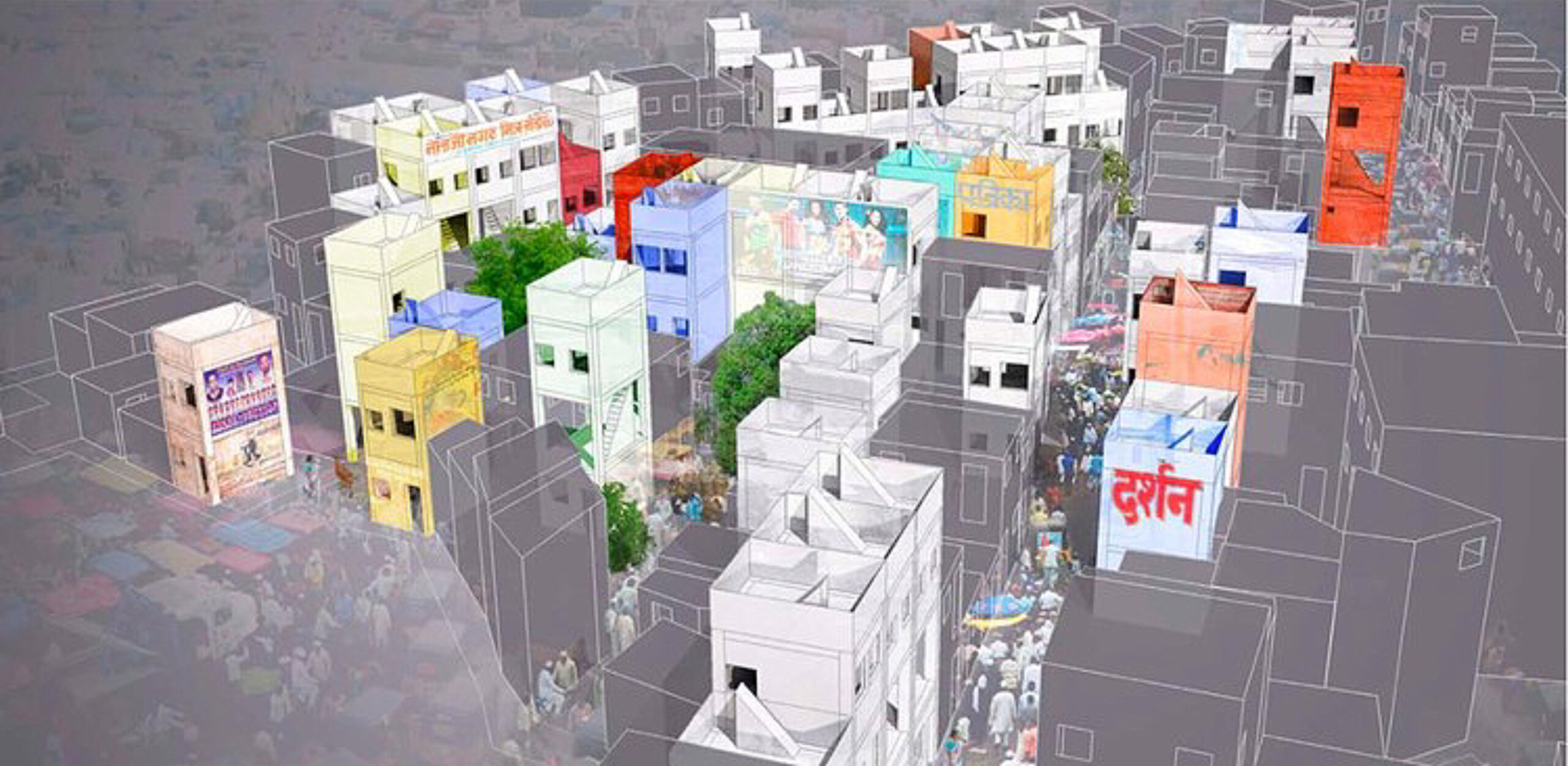
The proposed chain of parks stretches from the Arctic shores of Finland and Russia to the arid frontier between Bulgaria and Greece.
| Location | Europe (path of the former Iron Curtain) |
| Date | 2004–10 |
| Developer | World Conservation Union |
| Major Funding | Global Environment Fund, Phare CBC, NATO (science program), World Heritage Fund, European Rural Development Fund, European Regional Development Fund, Neighborhood Program, Sixth Framework Research Funding, other private, corporate, and government-sponsored funding sources |
The Iron Curtain was a political, economic, ideological, physical, and cultural divide that separated Eastern and Western Europe throughout the cold war.
The 4,000-mile-long (6,400-km-long) zone formerly filled with barbed-wire fences, walls, minefields, guard towers, and bunkers is today a no man’s land that stretches 30 to 4,000 yards (27 to 3657 m) wide in some places. If successful, the European Greenbelt, a project started by the World Conservation Union, based in Gland, Switzerland, would convert this vast zone into a network of parks spanning the length of the former Iron Curtain and crossing through 22 countries.
Much of the work has already been done by individual nations. Since 1989 governments have been creating their own series of border parks and other protected areas, removing fences and other obstacles that blocked wildlife migration and limited recreational use along the frontier. Germany has been leading the movement, protecting more than half of the border area that once divided West from communist East. Finland and Russia have created Europe’s largest protected area with a pair of national parks spanning their shared Arctic frontier. Other parks link Austria with the Czech Republic and Hungary.
What distinguishes the Greenbelt initiative from other conservation programs is not only its emphasis on “green diplomacy” but also its goal of pairing conservation with rural development. By encouraging sustainable development, the project’s coordinators hope areas that have suffered from shrinking populations and eroding economies since the fall of the Iron Curtain will benefit from new income sources provided by the parks. “The idea is to interlink the needs of people and nature,” explains Andrew Terry, project officer for the World Conservation Union.















READ OR LEAVE A COMMENT